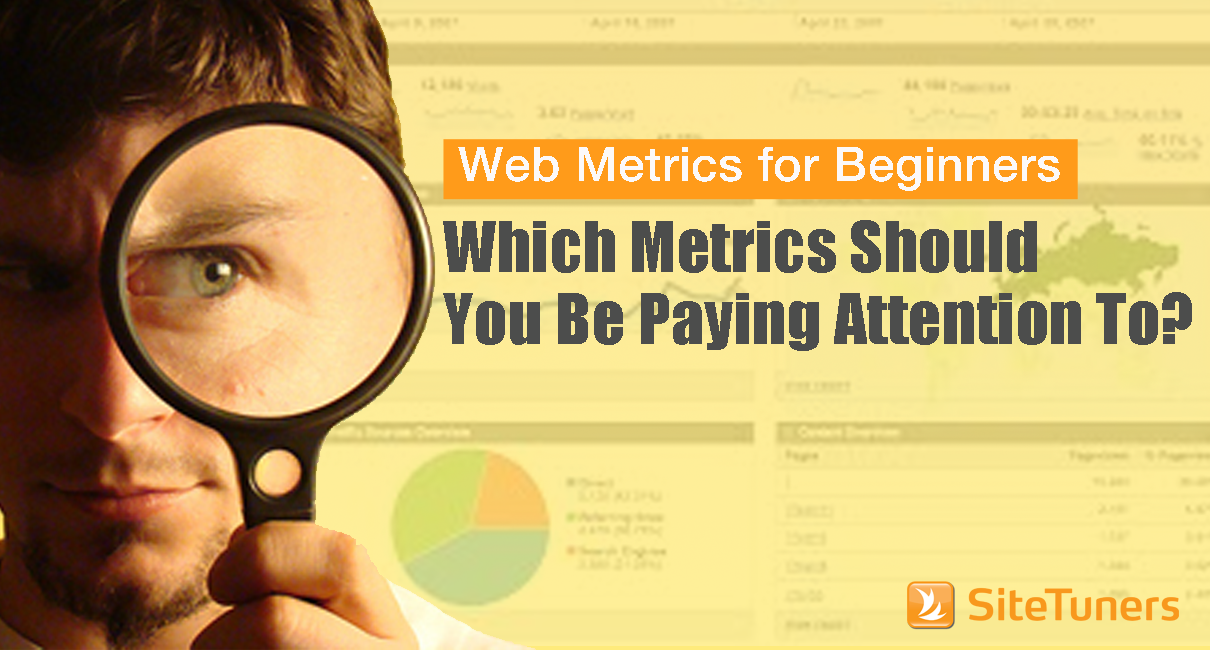
Of course, that’s also one of the worst things about being a medium-sized operation today – there’s so much data.
- How do you avoid drowning in a sea of data?
- How do you avoid decision-paralysis?
- How do you prioritize data sets to pay attention to?
Part of the answer lies in the fact that while the channels change – offline to online! desktop to mobile! – your interaction with a prospect is still largely the same as it’s always been – attention, interest, desire, action (AIDA).
The AIDA Model
It’s foolish to try and come up with a set of metrics that will work for everyone – businesses are too different for that. For some businesses, getting attention via paid clicks and promoted posts pays off heavily. For others, spending on those avenues can mean the kiss of death.
Regardless of the business, though, you have to drive attention and interest, you have to motivate your users to interact with you, and you need to get them to pull the trigger. To figure out which metrics matter to you, you need to pick a few (and only a few) Key Performance Indicators to pay attention to in each phase.
Attention and Interest
Generating attention and interest online generally relies on a few fields – SEO, SEM, display campaigns, and email marketing come to mind. For each field, you need to generally measure just one or two things, to keep a manageable number of things you are paying attention to and improving.
Search Engine Optimization
If over half your traffic comes from search engines, the metric you would probably want to watch like a hawk is organic traffic. There are generally two things you want to observe here:
- The growth of your branded terms and non-branded terms from Google Webmaster Tools or Search Console (now that just about all clickstream tools can’t report data due to Google’s keyword “not provided”)
- The overall health of your total organic traffic, for desktop and mobile (paying some special attention to mobile-friendly impact here)
For those just starting out with intent-matching for the pages, correcting H1s, H2s, browser page titles, and adding relevant schema.org tags, the branded, non-branded, and overall organic traffic should be the key metrics evaluated, the ones that make it to the CMO for attention and interest.
Search Engine Marketing
For those who do a fair amount of PPC, cost-containment and proper matching are vital.
- CPA or cost-per-acquisition is probably one of the most important metrics in this department, tied with how engaged users are in the desire part of the model.
- Proper matching, while less of a KPI and more of “something to watch out for,” is key.
Make sure you use negative keywords, and avoid broad matches for general terms, so you bring in only the audience you want, as much as possible. Down the funnel, you’re going to want to see engagement for that pipe.
Display Campaigns and Email Marketing
If a sizeable chunk of your marketing budget goes to either display banners or email campaigns, you’re going to want to look at efficiency metrics.
- For emails, open rates and traffic delivered to your site will be key.
- For banners, CPA and click-through rate will be the core things you want to observe at the early stage of the funnel.
Attention and interest are great things to have, but if people leave before you have a meaningful interaction with them, your business is dead. You need to have metrics to watch out for and improve for the desire stage.
Desire
So you’ve driven people to your site – now it’s time to make sure they engage. A lot of marketers feel that the best metric for just about everyone analyzing this stage is bounce rate, but it is slightly more complicated than that.
1. Bounce Rate
For the uninitiated, bounce rate is the percentage of people who visit one of your pages, then leave without clicking on anything. There’s no second click. This is a wonderful, wonderful metric to see how much interest you’re generating that, essentially, doesn’t amount to anything more.
There are a couple of pretty large caveats here:
- Getting that second click is a pretty good goal, but there are some cases where a user can find exactly what he or she needs from your site without the second click. Your product page might the required piece of information he or she is looking for, or your blog might have taught the user something. Both would register as a bounce, but if the user is successful in his or her task, you should count it as a win.
- By default, Google Analytics does not track PDF clicks. People who land on your pages then click on PDFs can still register as a bounce. There are things you can do to combat this, like setting up events or GA plug-ins, but you should know that your out-of-the-box data is generally wrong about bounce rates, especially if you have calls-to-actions that lead to PDF downloads.
What does this mean for bounce rate? You need to track the meaningful bounce – the bounce rates on the pages that are navigational, like your home page, landing pages, and the top layers of your site.
You should segment what your high-bounce-rate pages are, then act on the areas where bounce rate matters.
2. Loyalty
If a large part of what you’re delivering is content, like for a blog, bounce rate might not be the best metric to measure for the desire stage. There are a few indicators that you’re turning interested visitors into loyal visitors:
- Frequency of visits is something you will want to measure for content-heavy sites with large information-oriented sections.
- New versus returning visitors are a standard part of most analytics packages.
Action
If you’ve done your job right up to this stage, you’ve created attention and motivation. Now, you just need to convert, although this does not always mean to “sell.”
There are a number of possible metrics to observe here, and you need to pick two or three that matters most to you.
- Task Accomplishment Rate is probably the single most important metric on most web sites. It’s the ability of your visitor to find what he or she came for, which you would get from exit surveys if you know what to ask
- Purchases are, we have heard, pretty important. Wouldn’t you agree? Seriously, though, track the entire checkout funnel and look for the drop-offs, don’t just count the dollars if you have set up page value. Look at where the bucket is leaky.
- Leads are pretty important for early actions. You would usually get this from your customer relationship management system. If you don’t have a CRM, the “Thank You” page after email submissions can make for a pretty good proxy for completed forms. You’d also want to track the efficiency ratios here, similar to the attention and interest phase for emails – form completion rate.
Putting It All Together
The AIDA model has been around forever, but it delivers as much value to online marketers today as it did to advertisers using offline channels. The key thing to remember is that you pick only a few key stats for the attention and interest phases, the desire phase, and the action phase.
Make sure you only pick a few to start with because reporting isn’t the goal – changing the web site is the goal. If you use the model, you can start working on the things where you’re hurting the most, and capitalize on the areas where the biggest gains can be had.
